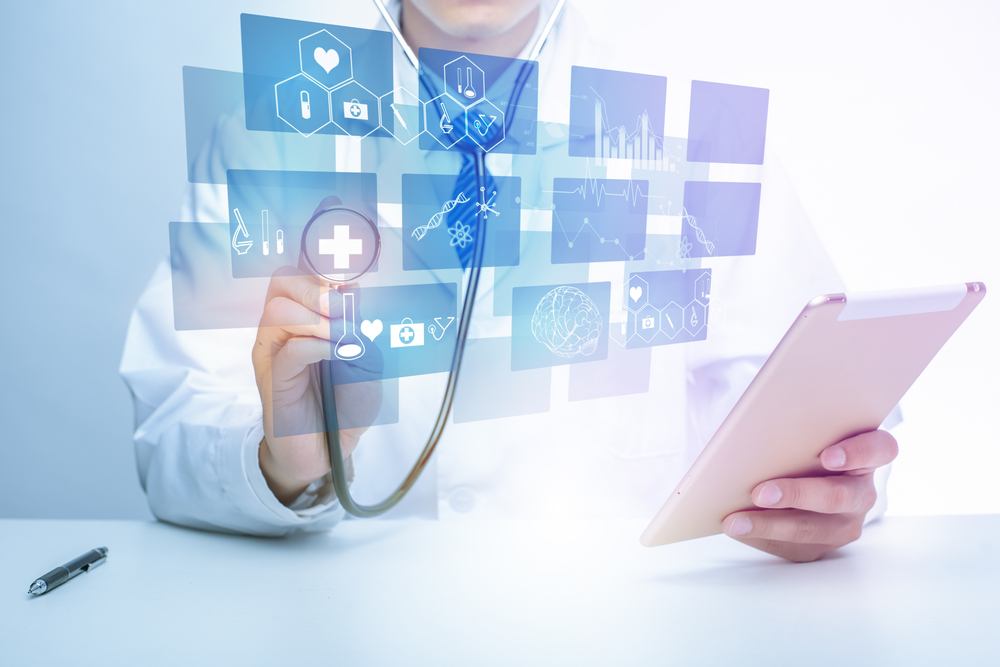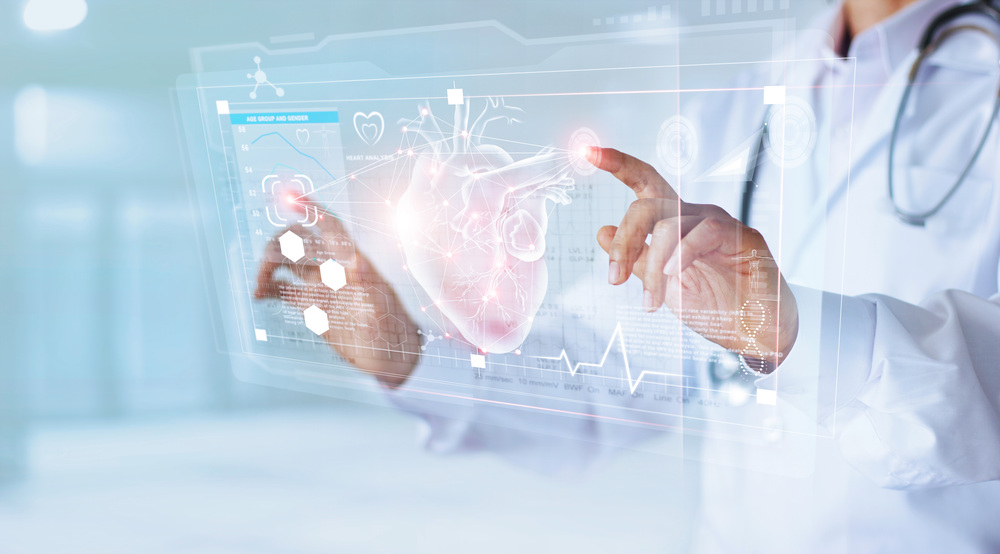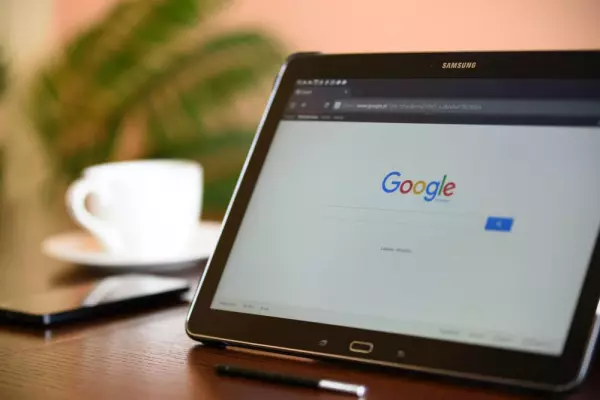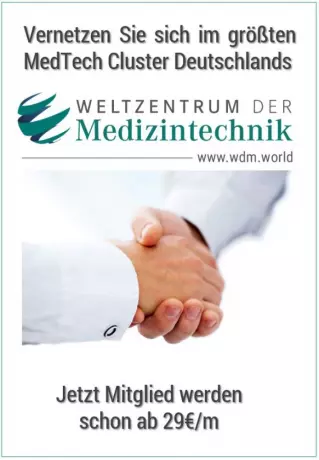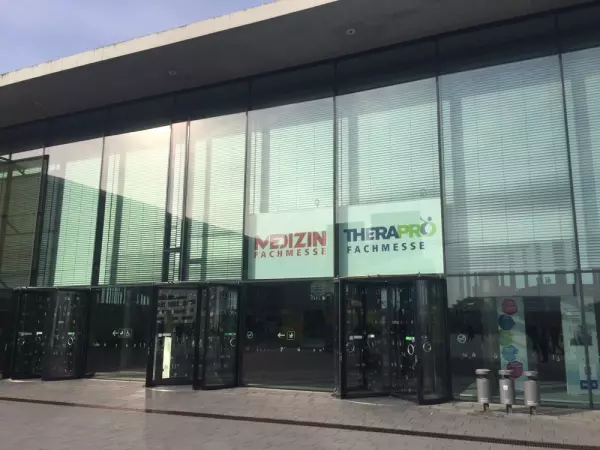The New Medical Device Regulation - Are You Ready?
The transition period for compliance with the European Medical Device Regulation 2017/745 (EU-MDR 2017/745 or "EU-MDR") ends on May 26, 2020. Manufacturers of medical devices, but also importers, dealers and suppliers in the European medical technology sector have to deal with many new and changed requirements and adapt processes, documentation and qualifications by this deadline. Important for the manufacturers - and for us as a translation service provider: According to the new regulation, the linguistic design and thus also the translations for the respective EU countries in which a product is marketed is more important than before.
The EU MDR applies to the so-called "economic actors" within the EU and to those who import medical devices into the EU. Here you will find a checklist in which we list which points may require adjustments in comparison to the obligations under the German MPG and the Directive 93/42 / EEC ("MDD"). However, the checklist does not claim to be complete and in no way replaces advice from certification experts.
Speaking of experts: you get comprehensive advice from Peschel Communications when it comes to the translation and localization of your texts. We not only translate instructions for use (IFUs), labeling and study documents, taking into account the new definitions and other EU terminology defined in EU-MDR 2017/745. We also have a great passion for advertising texts that are intended to convey certain images and emotions and "function" differently in each language. We will be happy to send you references on request. We are certified according to the international standard for translation services ISO 17100. ISO 9001 certification is due in summer 2020.
A note on the subject of translation: Until now, translations of most documents could generally only be created after the CE marking. According to the provisions of the new EU MDR, the instructions for use and labeling must be translated before they are submitted to the Notified Bodies as part of the technical documentation. Translations must therefore be scheduled at a much earlier point in the workflow, which can significantly increase the time pressure. The importance of quality translations for the target market should not be underestimated: In addition to liability issues in the event of misunderstandings that can lead to incorrect use of the device, good legibility also plays a role in the commercial success of the product abroad and the image of the manufacturer major role.
The new EU regulation 2017/745 generally places higher demands on linguistic clarity in order to guarantee product safety. This applies particularly to texts that are intended for the end user (such as instructions for use). The requirement of a “language understandable for the intended user” naturally applies to the translated versions as well as to the text in the source language. The scope of the documents to be translated can also be higher, since under the new EU regulation products without medical purpose such as B. colored contact lenses or devices for removing the upper layers of skin. For such products, the existing technical documentation must also be revised before it can be translated into the required EU languages. We can effectively support you as an experienced language service provider, both in the translation into foreign languages and in checking the source texts for good intelligibility.
We would be happy to translate the following documents for you:
- Technical documentation including instructions for use (IFUs) and manuals
- Labeling, packaging
- Quality management documents such as QM manuals, standard operating procedures (SOPs), procedural instructions
- Flyers, newsletters, advertising brochures, website texts
- Contracts and other legal documents
- Training material, software and app content
Contact us for more information or a non-binding offer!
An article by von Ellen Göppl
To the original article

